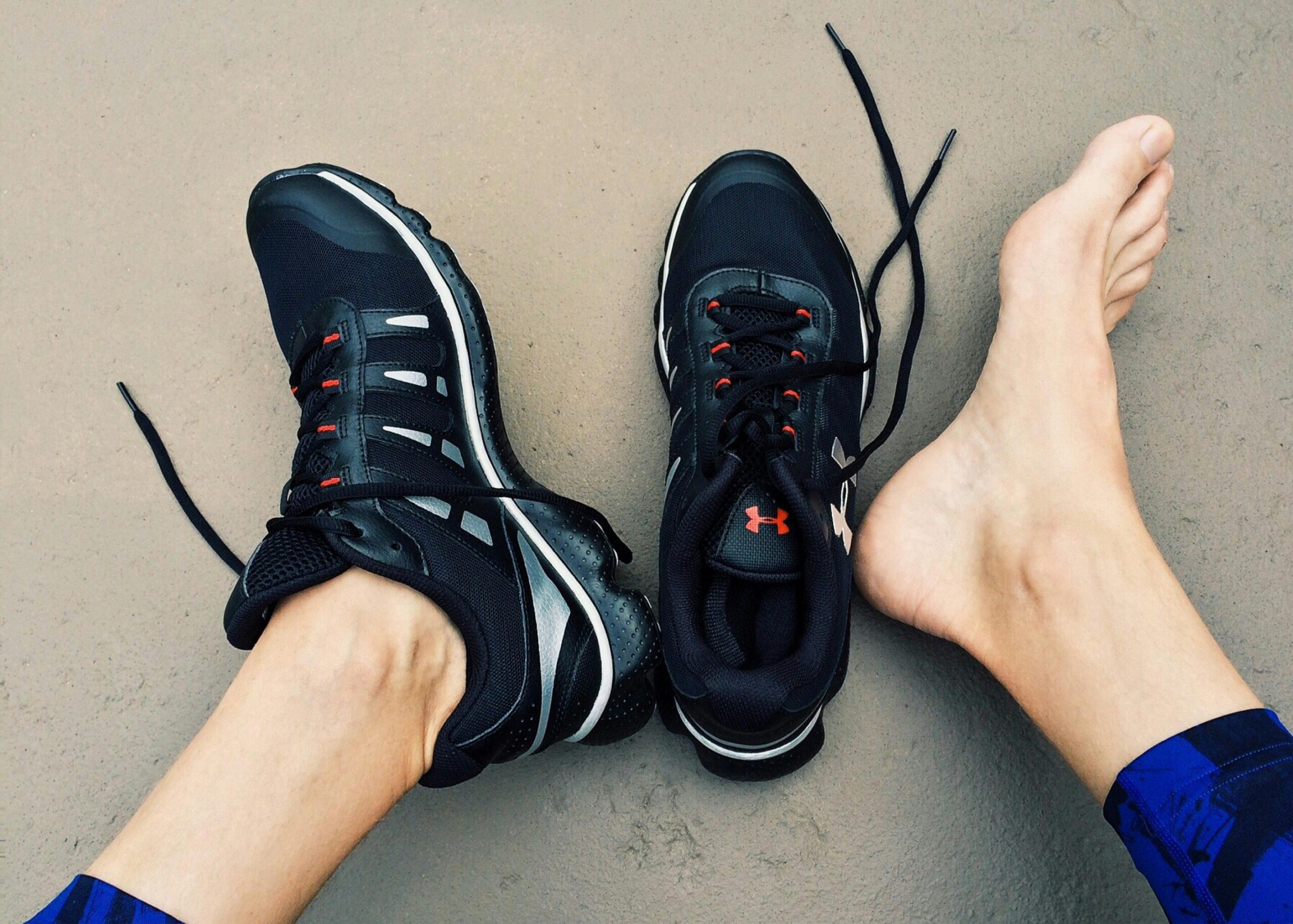What is Sever’s Disease?
Sever’s Disease, also known as Calcaneal Apophysitis, is the most common cause of heel pain in childhood and adolescences. It is caused by inflammation and pain in the growth plate of the heel bone. In this post, we will discuss the causes, signs and symptoms, and treatment options for this condition with a particular focus on physiotherapy.
What Causes Sever’s Disease?
Sever’s Disease is caused by repetitive stress on the growth plate of the heel bone. During growth spurts, the bones may grow faster than the muscles and tendons, causing tension and strain on the growth plate. This can lead to inflammation, swelling, and pain in the heel.
Signs and Symptoms of Sever’s Disease
The most common symptom of this condition is pain and tenderness in the heel bone. The pain can be aggravated by physical activities such as running, jumping, or walking. Other symptoms include stiffness, swelling, and limping. In severe cases, the pain may persist even at rest.
Treatment Options
Treatment depends on the severity of the condition. Rest, ice, and over-the-counter pain relievers can help alleviate the pain and swelling. In severe cases, a walking boot or cast may be necessary to keep weight off the foot. Physical therapy is an effective treatment option for Sever’s Disease. A physiotherapist can help with range of motion exercises, strengthening exercises, and stretching exercises to alleviate the tension on the growth plate.
Physiotherapy for Sever’s Disease
Physiotherapy can help reduce pain and inflammation, strengthen the foot and ankle muscles, and prevent future injury. A physiotherapist can develop a personalised treatment plan based on the severity of the condition and the patient’s individual needs. This plan may include:
- Range of motion exercises: These exercises help improve flexibility and increase the range of motion in the foot and ankle. They can also help alleviate stiffness and reduce pain.
- Strengthening exercises: Strengthening exercises can help improve the strength and stability of the foot and ankle muscles. This can help alleviate tension on the growth plate and reduce the risk of future injury.
- Stretching exercises: Stretching exercises can help improve flexibility and reduce tension on the growth plate. This can help reduce pain and swelling in the heel.
- Manual therapy: Manual therapy techniques such as massage and joint mobilisation can help reduce pain and inflammation in the foot and ankle.
What Next?
Sever’s Disease is a common condition that affects children and adolescents during growth spurts. It is caused by inflammation and pain in the growth plate of the heel bone. Rest, ice, and over-the-counter pain relievers can help alleviate the pain and swelling, and physical therapy is an effective treatment option. A physiotherapist can develop a personalised treatment plan based on the severity of the condition and the patient’s individual needs. If your child is experiencing symptoms of Sever’s Disease, don’t hesitate to book a consultation today.



